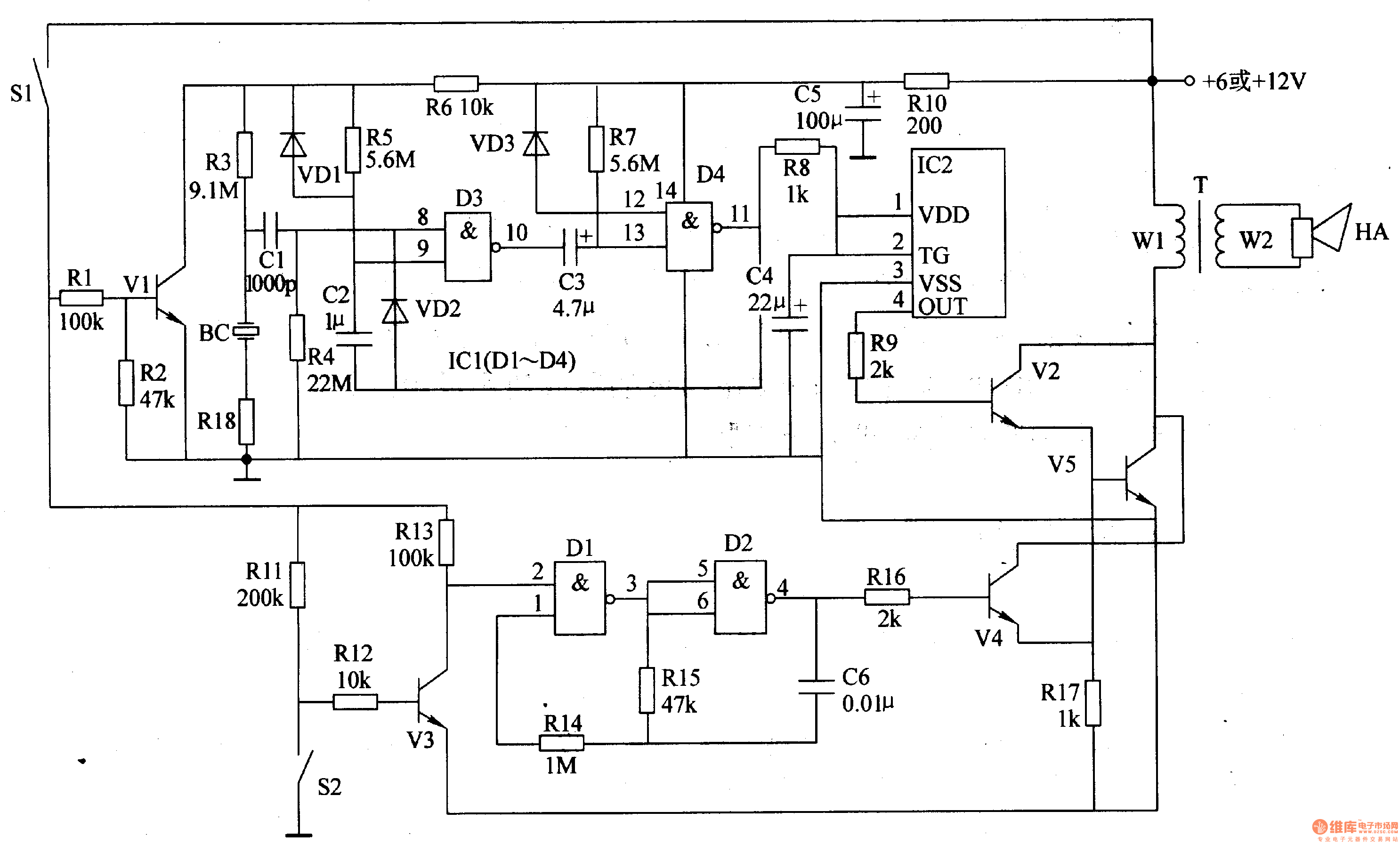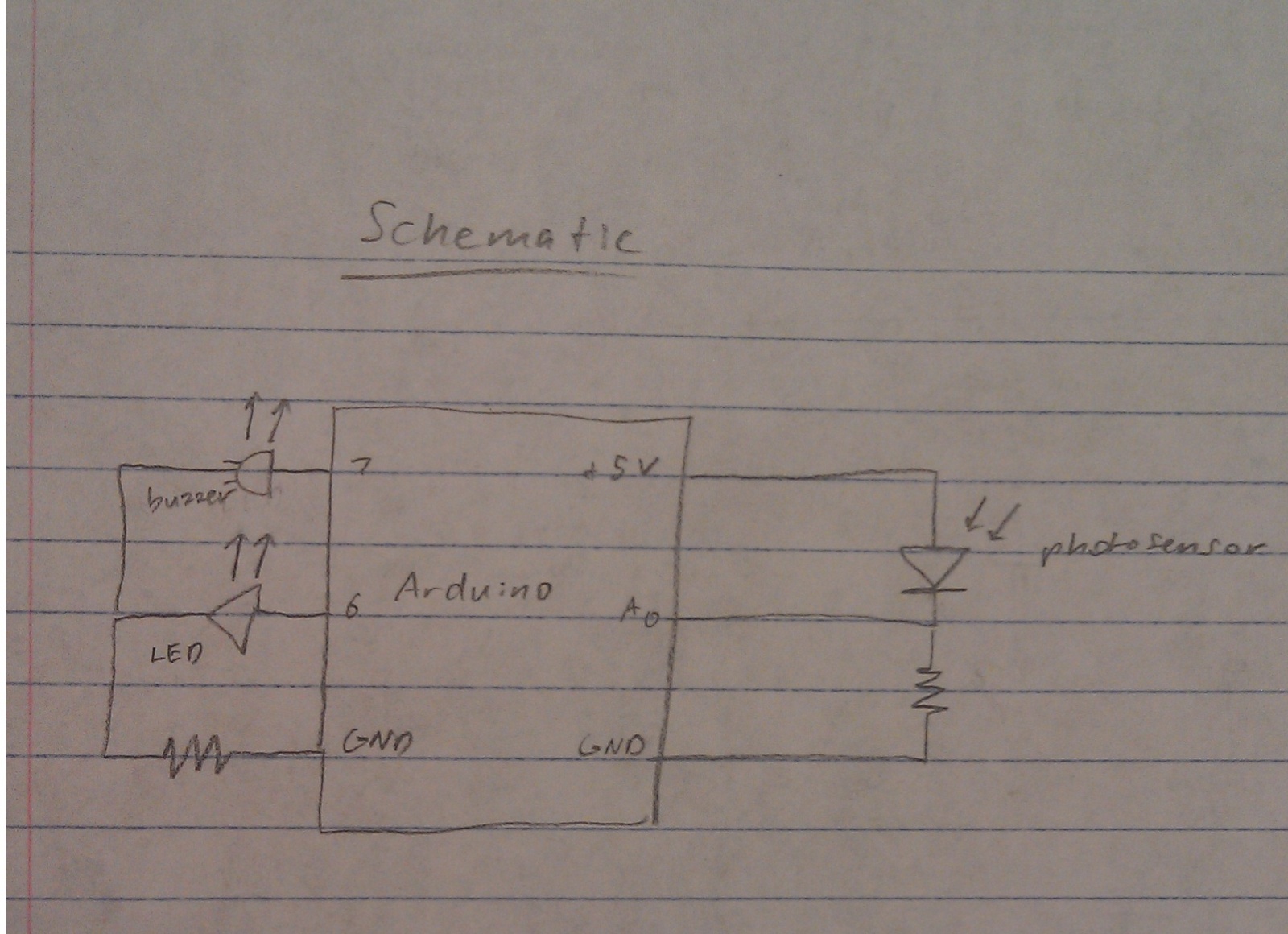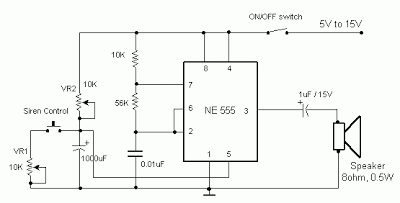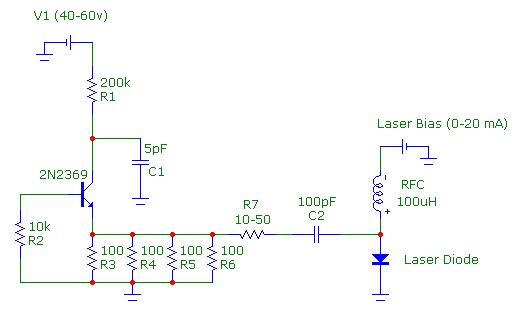
LASER BURGLAR ALARM
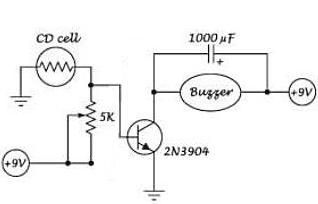
This is a simple and inexpensive instructable for creating a laser burglar alarm. The necessary components include: 1. LDR (Light Dependent Resistor) or photocell 2. Printed circuit board.
The laser burglar alarm circuit utilizes an LDR or photocell as a key sensing element to detect interruptions in a laser beam. When the laser beam is broken, the change in resistance of the LDR triggers an alert mechanism, indicating a potential intrusion.
The circuit can be designed with the following components:
1. **Laser Diode**: This serves as the light source, emitting a coherent beam that can be directed toward the LDR.
2. **LDR (Light Dependent Resistor)**: Positioned in the path of the laser beam, the LDR’s resistance decreases when exposed to light from the laser diode. When the beam is interrupted, the resistance increases, which can be detected by the circuit.
3. **Resistor**: Used in series with the LDR to form a voltage divider that allows for the detection of changes in light intensity.
4. **Transistor**: Acts as a switch or amplifier to control an alerting device, such as a buzzer or LED, when the LDR detects a change in light levels.
5. **Buzzer or LED**: This output component provides an audible or visual alert when the laser beam is interrupted.
The circuit can be assembled on a printed circuit board (PCB) for durability and ease of use. The laser diode should be positioned to ensure that the beam is aimed directly at the LDR, with appropriate alignment to achieve maximum sensitivity.
Power supply considerations should also be made, with suitable battery or DC power options selected to ensure reliable operation. The overall design can be compact, making it easy to install in various locations for security purposes.
This simple laser burglar alarm can serve as an effective deterrent against unauthorized access, providing a cost-effective solution for home and property security.Hi guys..!!this is my 1st easy cheap n simple instructabel u need following components for laser burglar alarm-1. LDR or photocell 2.printed circui.. 🔗 External reference
The laser burglar alarm circuit utilizes an LDR or photocell as a key sensing element to detect interruptions in a laser beam. When the laser beam is broken, the change in resistance of the LDR triggers an alert mechanism, indicating a potential intrusion.
The circuit can be designed with the following components:
1. **Laser Diode**: This serves as the light source, emitting a coherent beam that can be directed toward the LDR.
2. **LDR (Light Dependent Resistor)**: Positioned in the path of the laser beam, the LDR’s resistance decreases when exposed to light from the laser diode. When the beam is interrupted, the resistance increases, which can be detected by the circuit.
3. **Resistor**: Used in series with the LDR to form a voltage divider that allows for the detection of changes in light intensity.
4. **Transistor**: Acts as a switch or amplifier to control an alerting device, such as a buzzer or LED, when the LDR detects a change in light levels.
5. **Buzzer or LED**: This output component provides an audible or visual alert when the laser beam is interrupted.
The circuit can be assembled on a printed circuit board (PCB) for durability and ease of use. The laser diode should be positioned to ensure that the beam is aimed directly at the LDR, with appropriate alignment to achieve maximum sensitivity.
Power supply considerations should also be made, with suitable battery or DC power options selected to ensure reliable operation. The overall design can be compact, making it easy to install in various locations for security purposes.
This simple laser burglar alarm can serve as an effective deterrent against unauthorized access, providing a cost-effective solution for home and property security.Hi guys..!!this is my 1st easy cheap n simple instructabel u need following components for laser burglar alarm-1. LDR or photocell 2.printed circui.. 🔗 External reference


